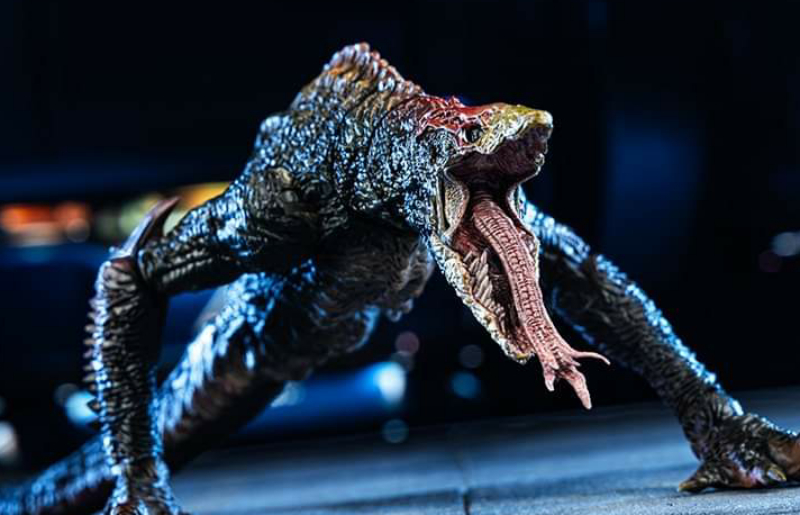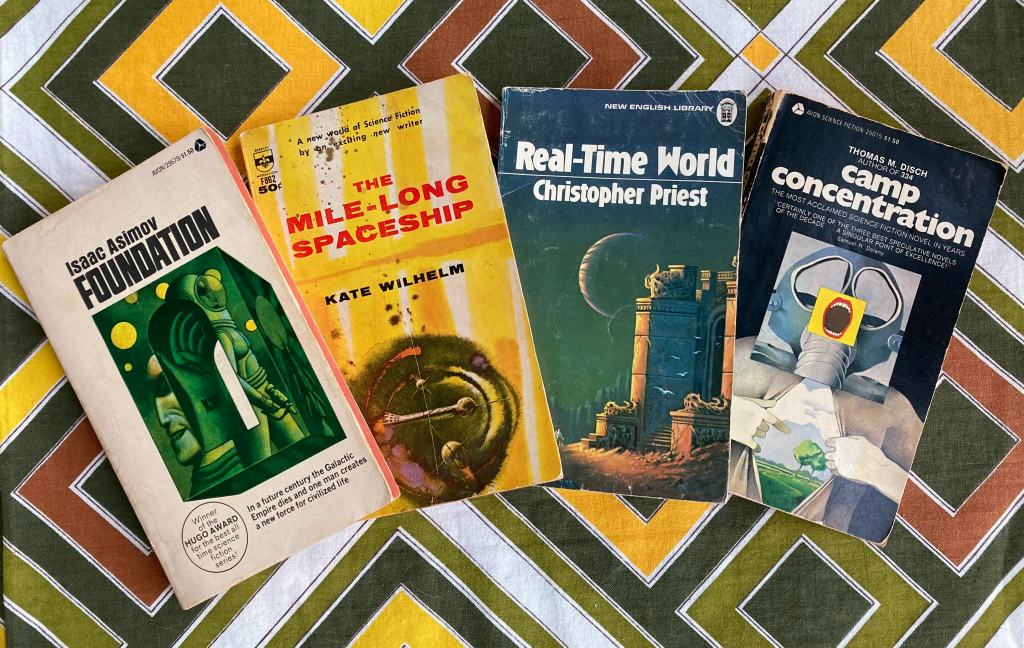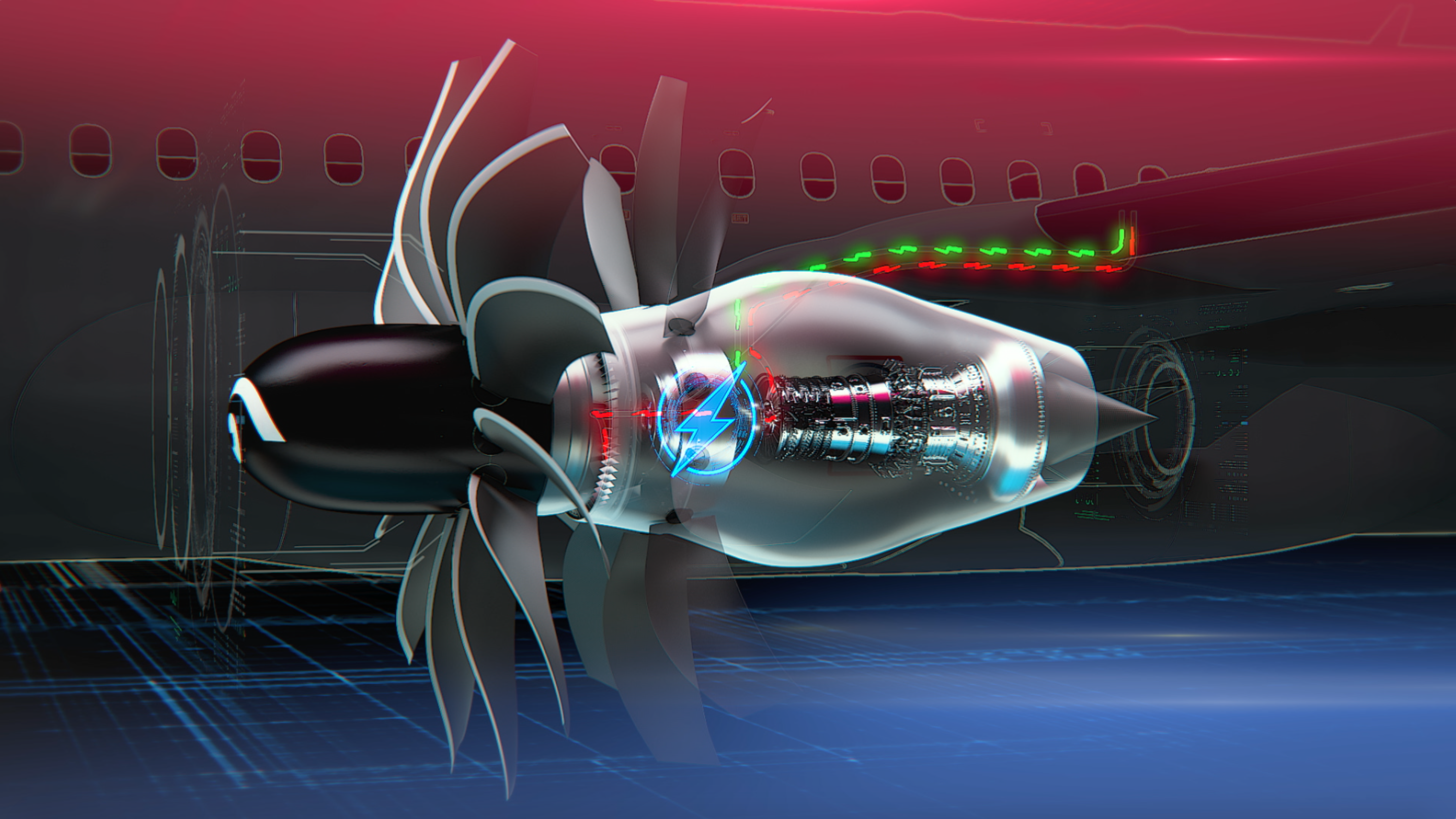| Lovejoy |
What’s strange, muchachos? The effects hairy stars, visitors
from the outer Solar System, the great comets have on us. What’s a great
comet? Simple: any comet prominent
enough to be noticed by the general public.
Many minor, dim comets come and go year by year, but only occasionally
does a great comet come along and make a spectacle of itself. And when one does,
many Earthlings take it to be a star of
ill omen.
In fact, in the past the arrival of one has driven some humans
plumb crazy. Halley’s brilliant apparition
in 1910 inspired a DEADLY COMET GAS scare. As the story goes, some poor
mooks were so frightened by the prospect of dying from AGONIZING COMET GAS
(cyanide in the tail) they committed suicide. I would guess that’s an
apocryphal story—the suicide part, anyhow, yellow journalism about comet poison
gas was very real.
The maleficent effect comets have on us isn’t something of a
century or centuries ago, either. Well I remember the madness associated with
the passage of another great comet, Hale-Bopp, back in ’96. That time the
suicides were all too real. Members of a crazy-ass cult, Heaven’s Gate, killed
themselves. Why? Their whack-a-doodle leader, “Bo,” told ‘em HB was really a
spaceship carrying their other guru, the recently deceased “Peep,” and they could
board it and join her if they offed themselves by gobbling Seconals washed down
with vodka.
A few years back…well, actually going on a decade now…your
old Uncle was excited by the visit of another
comet. While in no way “great”—it went mostly unheard of and unseen by the
general public—little Lovejoy, C/2014 Q2, put on quite a show in January
and February of 2015. At that time, your correspondent was pretty hardcore
amateur astronomy-wise and was determined to get plenty of astrophotos of the
wee, green feller, including from a dark site.
I was fairly successful in that quest, as you can read here and here. That
really ain’t the point, though. The point being the effect the visitor had on me. It
threw Unk for a loop. Those evenings watching the exposures come in
and—Shazam!—actually looking at the
comet occasionally with a pair of binoculars seemed to have an unlooked for
effect.
I don’t know exactly what it was. Maybe it was the lonely
nights under the stars. Or the contemplation of the fact we’d all be dead and
gone and forgotten when the little sprite paid her next visit to the inner
Solar System in, oh, ‘round ‘bout 8,000 years. Whatever it was, I entered a
period of contemplation of my years on this flyspeck of a world, focusing
mostly on the mistakes and missteps. No doubt the shock of retirement, going
from 50- and 60-hour work weeks to near full-stop, had more to do with Unk’s
mental outlook than the comet, but, still, this not-so-happy time did coincide
with the apparition of Lovejoy.
The denouement? Once the following year was out I had begun
to come to terms with Life, the Universe, and Everything—as much as any of us
can, I guess. Oh, there were changes going forward. A new mindset began to crystalize.
Some of that new mindset having to do with astronomy.
 |
| Talk about “well placed”! |
I had actually begun thinking about downsizing the telescope
herd in the months before Lovejoy. I was coming to the realization I was fast approaching
the point where I simply could not physically handle big telescopes and mounts
anymore, but Lovejoy’s flyby accelerated that. I was taken by the urge to
simplify. I was happy with the photographs I’d got of the comet, but
realized I’d only observed her shimmering form visually a time or two and that
didn’t seem right.
While I’ll still slap a camera on a telescope and fire up Nebulosity
and PhD Guiding on occasion, those occasions are fewer by far than they
used to be. I now want as little between me and the sky as possible. I don’t
want to lug equipment cases around nor spend an hour (or two) setting up a
scope. I just want to see.
So came this winter’s little visitor, The Green
Comet, Comet C/2022 E3 ZTF. The weather hasn’t been exactly conducive to
observing of late. It’s either been cloudy or cold, real cold. These days I
find I don’t bear cold weather as well as I did in, yeah, 2015. If my feet get
cold it is end of story, game over, zip up your fly. Still, something
about ZTF, mostly its passage exactly eight years after Lovejoy’s, seemed
auspicious. The sky cleared, and despite the presence of a full Moon,
I determined I’d have a look at the new comet.
When that Moon began to rise a little later, I thought I’d
better get a move on. The possibility of clouds is always with us down in the Swamp,
and I knew capricious weather could easily spoil my chances of seeing ZTF while
she was still bright. One other thing the last ten years has brought is
cloudier winters. It used to be unusual for us to get lines of vicious
thunderstorms this time of year. Now? Not so much. So, I’d get out to see the
comet right away. But, how would I see it? Not with DSLRs and goto
mounts and laptops, that was sure.
My first thought was to leave it at simple-as-simple-can-be
with my beloved Burgess Optical 15×70 binoculars. These excellent
glasses have shown me much over the <gulp> 20 years since I bought ‘em at
the 2003 ALCON convention in Nashville. Their
larger aperture and higher magnification compared to 10x50s allows them to do a
pretty derned good job in my suburban backyard. But, I dunno, that just didn’t
seem to be enough, somehow.
What would have been perfect or nearly so for a little comet
like ZTF? My old Orion StarBlast Richest Field Telescope, Yoda. A 4.5-inch
reflector capable of low magnification and wide fields makes comet-snaring as
easy and pleasant as can be. Unfortunately, when I was thinning the scope herd,
the StarBlast went to a new home. I just wasn’t using him and am thrilled his
current owner gets him under the stars frequently, which he deserves, being a
Good Little Telescope.
 |
| Tanya… |
But now I’ve got another
StarBlast for all practical purposes. As you read last time, a new, small
scope, Tanya, has come to live with me. She is
much like Yoda despite the fact she is mounted on a little tripod with an
altazimuth mount. She is also a little different optically. She is of an identical aperture, 4.5-inches, but
has a slightly longer focal length and slower focal ratio, f/5.1, compared to
Yoda’s f/4.0. While that narrows up Tanya’s field a bit, that’s a good thing
for me. The somewhat higher magnifications she delivers eyepiece-for-eyepiece
are a plus for my suburban skies. She’s still just about perfect for
eye-popping widefield views; a 25mm eyepiece delivering 23x.
Getting Tanya into the backyard was, of course, nothing. She
weighs maybe 10 pounds sopping wet with dew, if that. When darkness finally
came, that’s just what I did, waltzed her into the back forty. Well, it was
dark enough, nautical, not astronomical, twilight having arrived. With a
big Moon on the rise in the east and already illuminating a wide swath of sky,
I figgered I’d better not wait and quickly positioned Tanya’s OTA on the proper
spot using her red-dot finder.
Finding the comet’s position was trivially simple since she
was just a smidge, about a degree and a half, northwest of bright Capella. In
went Tanya’s cheap Celestron 26mm Plössl and to that eyepiece Went your Uncle’s
eye. Seeing was typical for winter—punk at best—but coulda been worse. At first,
I saw…nuttin’ honey. But I continued to look, slewing the little scope around a
mite…and…there it was! ZTF was subtle at first, just an unassuming patch of
nebulosity, but, yes, there.
I didn’t settle for just having seen the Green One (who was, not surprisingly, gray in the little
telescope’s eyepiece), I continued to watch, and as it got a little darker ZTF
took on form and substance. The coma became brighter and larger and a small
nucleus popped into view. Was I seeing a hint of tail? Maybe, maybe. ZTF
was good enough that I hopped inside and retrieved the Burgess binocs. At first
the comet wasn’t easy in the glasses, but soon it was looking marvelous with that
3D effect only binoculars can deliver. I went back and forth between RFT and
binocs for quite some time. Until the Moon got high enough to ring down the
curtain on the show.
Takeaways? Tanya, the Celestron 114-AZ really is quite
a little telescope. Every bit as capable optically as the StarBlast—the
StarBlast’s mini-Dobsonian mount is somewhat steadier. I suspect she’ll get a
fair amount of usage here. Well, every once in a while, anyhow. A suburban
backyard sky is really not much of a place for a Richest Field Telescope. As I
said last week, she’ll, like Yoda, likely eventually be passed on to some
deserving scope-less person.
The comet? It’s a pretty li’l thing; get out and see it
before it is too late. Your ol’ Unk was feeling pretty darned good after his
night of comet watching and takes ZTF’s passage as that rarest of things in
comet lore: a good omen.







